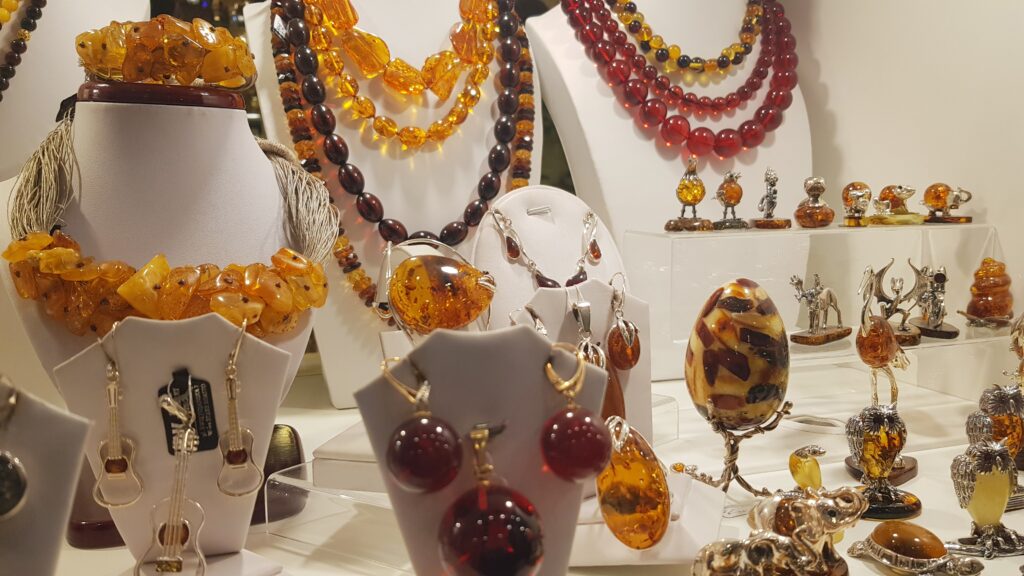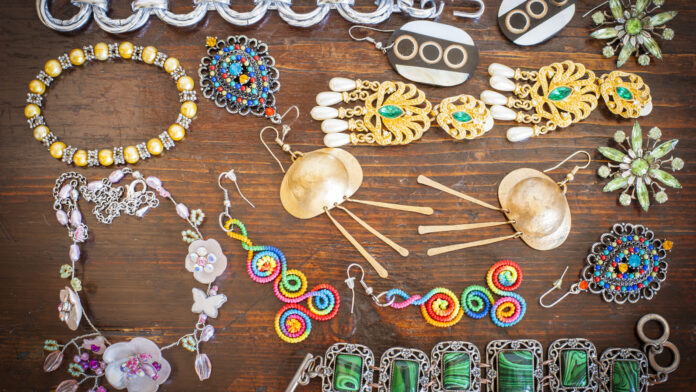Crafting Heritage and Elegance
Frontpage Journal | July 2025
Sri Lanka has long been celebrated as the “Island of Gems,” a reputation that dates back thousands of years. The country’s rich gem deposits, combined with a deep tradition of jewelry making, have shaped a vibrant artisan jewelry culture that blends history, craftsmanship, and artistry. Today, Sri Lankan artisan jewelers continue to create exquisite pieces that honor ancient techniques while appealing to contemporary tastes.
The origins of Sri Lankan jewelry craft are closely tied to the island’s legendary gem trade. Historical records and archaeological finds reveal that gem-studded ornaments were treasured by kings and nobles, symbolizing status, power, and spiritual protection. These heirlooms were often passed down through generations, carrying stories and cultural significance beyond their material value.
The craft of jewelry making in Sri Lanka involves more than mere decoration. It is an intricate process that combines gem cutting, metalwork, and design, each requiring specialized skills. Artisan jewelers typically work with precious metals such as gold and silver and incorporate locally sourced gemstones like sapphires, rubies, and cat’s eye.
One of the defining features of Sri Lankan artisan jewelry is its meticulous attention to detail. The craftsmen employ traditional methods such as hand engraving, filigree work, granulation, and stone setting, techniques that demand patience and precision. Many pieces showcase motifs inspired by nature, mythology, and religious symbols, reflecting the island’s cultural
heritage.

In recent years, Sri Lankan artisan jewelers have sought to balance tradition with innovation. While classic designs remain popular, many artists are experimenting with contemporary styles that suit modern lifestyles. This fusion of old and new broadens the appeal of their work, attracting both local and international clientele.
The global interest in ethically sourced and handmade jewelry has benefited Sri Lankan artisans. Their commitment to sustainable practices, including responsible mining and environmentally conscious manufacturing, resonates with conscious consumers. This focus on ethical craftsmanship adds a valuable dimension to their artistry.
Sri Lankan artisan jewelry also plays an important role in the country’s economy, particularly in rural areas where many craftspeople live. Small workshops and family-run studios preserve knowledge and skills while providing livelihoods. Supporting these artisans helps sustain cultural heritage and promotes inclusive economic growth.
Tourism has contributed significantly to the visibility of Sri Lankan jewelry art. Visitors to the island often seek unique and authentic souvenirs, and artisan-made jewelry fits this demand perfectly. Jewelry exhibitions, craft fairs, and specialized stores offer platforms for craftsmen to showcase their work and connect with buyers.

Challenges persist, however. Competition from mass-produced jewelry and imported brands can impact local artisans’ market share. Access to international markets is often limited by logistical and financial barriers. To overcome these obstacles, some jewelers have turned to digital platforms, using e-commerce and social media to reach broader audiences.
Training and education are crucial for the future of artisan jewelry in Sri Lanka. Institutions offering specialized courses in gemology, design, and metalwork help equip new generations with the skills necessary to innovate and excel. Mentorship programs and collaborations with designers foster creativity and business acumen.
Moreover, preserving the intangible cultural heritage associated with jewelry making requires documentation and promotion. Storytelling about the origins of designs, the symbolism of motifs, and the lives of artisans enriches the appreciation of these works. Media coverage, exhibitions, and publications contribute to this cultural dialogue.
In conclusion, Sri Lankan artisan jewelry embodies a remarkable fusion of heritage, skill, and creativity. It tells stories of a land rich in gems and tradition, shaped by hands dedicated to their craft. As these artisans continue to evolve and adapt, their work not only adorns bodies but also connects the past with the present, ensuring that Sri Lanka’s jewelry legacy shines brightly in the global arena.




